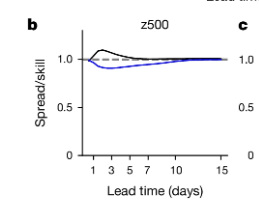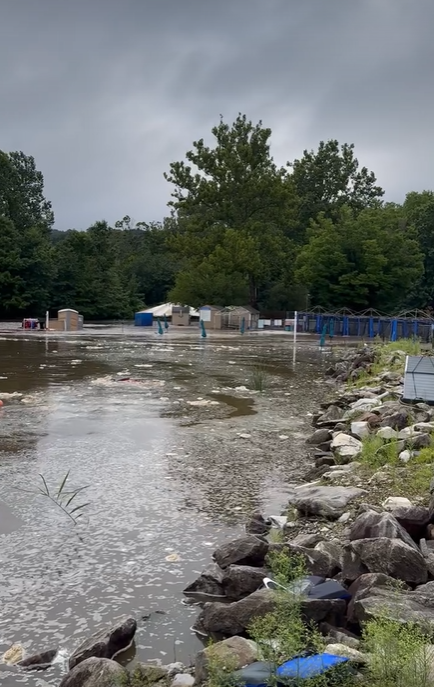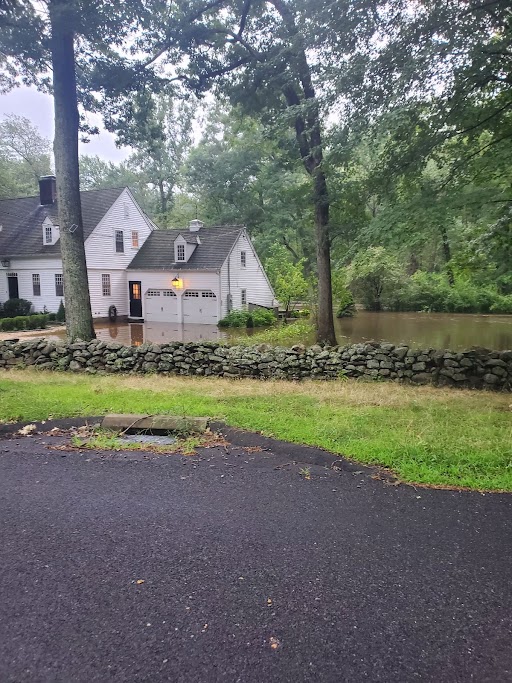-
Posts
761 -
Joined
-
Last visited
Content Type
Profiles
Blogs
Forums
American Weather
Media Demo
Store
Gallery
Everything posted by NittanyWx
-
Blocking refers to more than just an index value of the AO, as you know.
-
The issue with this current setup is much more related to block amplification than anything else.
-
Vendors have them if you're willing to pay. But not all parameters.
-
Correct, and the NAO is kid of derivative in many cases of preceding/upstream things occurring too. Not saying it's useless by any stretch, just saying it gets entirely too much credit for 'X will happen' and that's largely due to the aughts. We're aligned there. Yeah I'm with you both. When you get these little rotating SW's and a mess of things going on above 60N, especially on things that haven't really been robustly sampled. Type of setup where it's incredibly fickle.
-
It's always been an amp game to me more than necessarily location when it comes to the NAO. Its also less dominant of a feature than it's been hyped up to be over the years and especially in the late aughts as has already been noted here.
-
Confluence vs an under sampled shortwave is always fun.
-
That said, we’re better off using 10yr mean as opposed to 30 year climo in the seasonal and sub seasonal range
-
There were a lot of us who were not believers in late Dec and early Jan last year…
-
If I had a dollar for every vendor, statistical forecast system or weather model that has had selective verification I'd have retired 5 years ago. They initialized their data of 6z and 18z for a reason. They couldn't beat it when full observational parameters were assimilated. The bigger issue I've had, and I've seen it first hand, is the ML models are way more prone to having a narrower field of outcomes which skews to underforecasting extremes, often. I mean this really tells the story, the blue line is their model:
-
Wilton CT: 0.5"
-
They aren't the same. I have access to the Graphcast platform and people are already downloading the package and attempting to bias correct it in real time. Graphcast has, in the open source format, so far failed to beat regular ensemble EC forecasts far more often than not. If there's a skill impovement, I really haven't seen it so far.
-
I’m using the AI models right now and outside of clear situational bias situations, the EC Ens is beating them fairly often and by a pretty wide margin I met with an AI specialist at an industry event in April and the takeaway was that the AI models right now aren’t operationally sound and should be used as a situational risk assessment datapoint rather than relied on for operational use. You can hindcast and use the reforecast if you want I guess, but I think the AI will have much more use in initial conditions and perturbations before it ever becomes operationally superior in intra run correction
-
It’s not supposed to be a reliable week 2 model. People forget that when the Euro was supposedly at its peak, most people didn’t even get the 8-10 day panels and they weren’t particularly useful either. This is just a control run, and as such it should be treated that way. Bastardi and Margusity and all these old school guys used to treat these like they’re reliable, but you’re seeing now why there’s no benefit to using it over an ensemble mean. There really wasn’t any benefit back then either. Just bad meteo by guys with a spotty hit rate in storms.
-
More the ridge axis than anything.
-
-
A few more from the Cannondale MNR station, photo credit to Tiffany Shelton:
-
This is where I'm at as well. I don't think Ernesto had much to do with this.
-
Sure, but this is more about advection of extreme PWAT's into the region This seems to be a recurring theme of the past 5-7 years.
-
This is directly correlated to me moving there. We had FFW events of 6-8" twice in 2018, 2020 during Isaias, another during Jan 2021. However, none of those events had this level of extreme flooding along the rivers. The rainfall rate with this one only matched 2018, only this event rained for longer. PWS recorded 9.9" about 1500 feet off the Saugatuck West Branch in Wilton yday.
-
-
This was by far the worst flooding in at least 40 years along the west branch of the Saugatuck River. Several homes were evacuated last night along the river itself in both Wilton and Westport. As of my drive this morning, the water has crested and is receding. However, water lines ranging from a foot to 3 foot seen on some of these houses. This was a .1% probability of exceedance rain event along the Norwalk River, Housatonic River and Saugatuck. Some photos from yesterday in Wilton and Westport, CT. Please do not redistribute:
-

2/13 Significant/Major Winter Storm Discussion & Observations
NittanyWx replied to Northof78's topic in New York City Metro
Depends on which coast, CT did well with this. -

2/13 Significant/Major Winter Storm Discussion & Observations
NittanyWx replied to Northof78's topic in New York City Metro
Wilton, CT Final total: 8" -

2/13 Significant/Major Winter Storm Discussion & Observations
NittanyWx replied to Northof78's topic in New York City Metro
The winner ended up being that merritt/287/91/84 box after all. The loser is me for bitching out about it last night after the HRRR. Shoulda stuck with original call. -

2/13 Significant/Major Winter Storm Discussion & Observations
NittanyWx replied to Northof78's topic in New York City Metro
Wilton, CT - 11:35 32/32 7.5"







.jpg.aedf507d299b329cbae051a2710d5449.jpg)
.jpg.73bd4a49008bac02f3a74174cf18aacb.jpg)
.jpg.e7728dc651f9767a250e283a7d15e4fc.jpg)
.jpg.93510dd01df9c0bbf330f0d2b5ce9024.jpg)
.jpg.7c7ffecd41549af0af96335615b1ed0c.jpg)
.jpg.3a984879a4c97762a5f08239339db6b7.jpg)
.jpg.11e552a360a010256195ffe6361975de.jpg)
